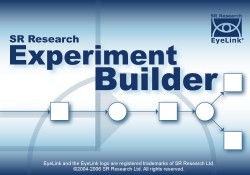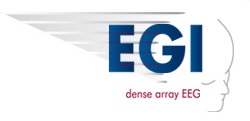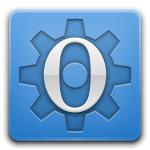For convenience, here are some commonly used values that are used across multiple experimental programs.
Screen Resolution
All software listed below are capable of presenting stimuli on-screen with resolutions as low as 640×480 up to 1920×1080. That being said, best practice tends to be using the minimal resolution necessary to present your stimuli without distorting it.
Each program has a unique default, and should be changed beforehand to avoid miscalculations in experimental design. For example, E-Prime’s default resolution is 640×480; OpenSesame’s default resolution is 1024×768. While we can accommodate any of these resolutions, you must know which best fits your needs.
Another consideration is aspect ratio. Your screen on your personal computer might be 4:3 ratio (width X height), considered American standard, but the default aspect ratio of the Hyperion projector is 16:9, considered widescreen. This may seem irrelevant, but typically it is best to allow a screen to do what it knows best, so using a 4:3 experiment on a 16:9 system can lead to timing offsets or stretching, depending on how you set up the experiment. While this is not a hard and fast rule, it is worth considering and testing as the most labor-intensive aspect of any task is loading stimuli to a screen.
Ports
Currently the stimulus presentation PC (Windows-based) has multiple USB ports and a single male DB-9 RS-232 Serial Port.
Below are the currently available software options. This list is not exhaustive, as the MRI Facility regularly accommodates unique hardware and software needs researchers bring to their projects.

E-Prime
Version: 2.0.10.x
Operates on: Windows
Website
E-Prime is widely used stimulus presentation software for audio & visual tasks. It can handle a range of connections, from MRI triggers to sending EEG event markers.

Experiment Builder
Version: N/A
Operates on: Windows, Macintosh
Website
Experiment Builder is SR Research's own stimulus presentation software. A unique and highly logical format of GUI based experiment design, this has been the leading program in eye-tracking research for years.

NetStation
Version: 5.2
Operates on: Macintosh
Website
EGI's NetStation software allows for acquisition, viewing, processing, and exporting of EEG data collect via EGI's hardware.

OpenSesame
Version: 3.0.5
Operates on: Windows, Macintosh, Linux
Website
OpenSesame is a free, open-source stimulus presentation software that is cross-platform and highly versatile. Developed and running Python programming language, it is an easy start for novices and experts alike. So far has been the most reliable way of conducting simultaneous MRI/EEG/Eye-Tracking experiments.

PsychoPy
Version: 1.83.01
Operates on: Windows, Macintosh, Linux
Website
PsychoPy is a cross-platform, open-source experimental stimulus presentation software. PsychoPy is developed in and operates on the Python programming language. This allows for easy integration with various experimental hardware and software communications.